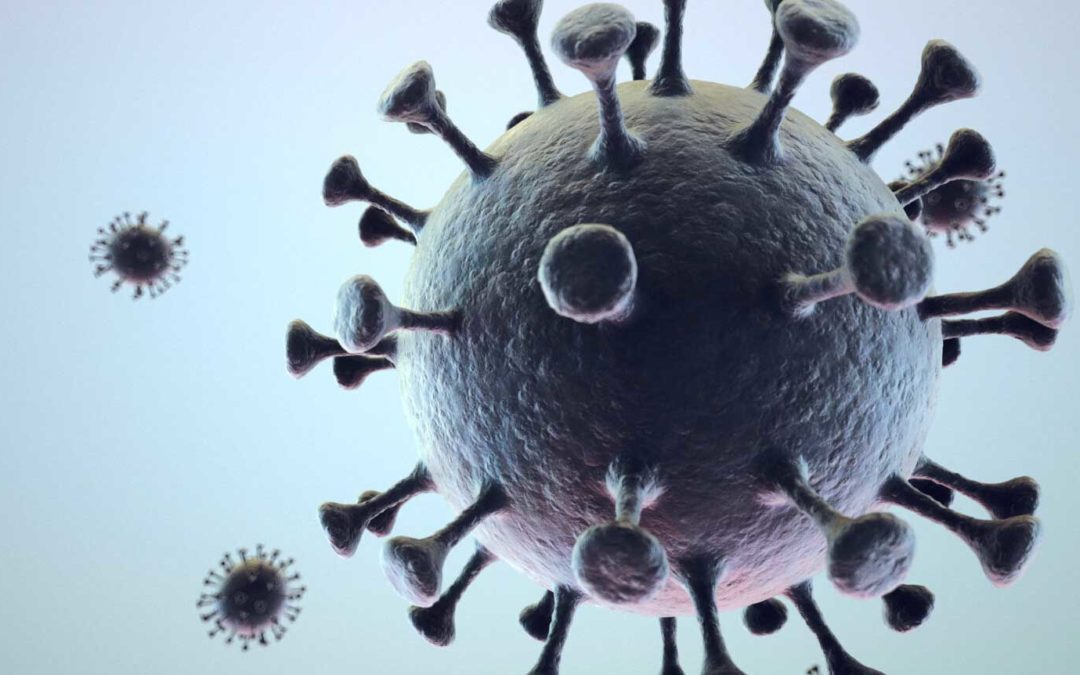Viruses have been evolving for millions of years, improving their ability to transfer genetic material to the hosts they infect. When it comes to gene transfer, viruses are efficient and effective. So, it’s no wonder that viruses—or rather, viral vectors derived from viruses—have been harnessed to accomplish gene transfer in the name of science and medicine. Viral vectors now carry genetic material in diverse applications, helping to correct genetic defects, prevent infections, and cure cancer.
Viruses are diverse, and so are viral vectors. They come in different shapes and sizes, and they possess different capabilities and shortcomings.
Some integrate their genetic material into the host genome; others leave their genetic material outside the genome. Some engender strong immune responses; others are relatively innocuous. Some carry RNA; others carry DNA. Some can carry large payloads; others are less capacious. Some require “helpers” (which may be provided by the host or added to the mix); others can go it alone. Some are enveloped; others are nonenveloped. Some are suited to in vivo delivery; others do their best work in a Petri dish.
With such diversity, is there any way to guarantee that viral vectors are safe and effective? We put this question to experts of various kinds—specifically, experts in molecular biology, translational development, and bioprocess engineering. The experts responded that, yes, there are ways to prevent viral vectors from failing the patients they’re intended to help.
Read the full article on Genetic Engineering and Biotechnology News.



